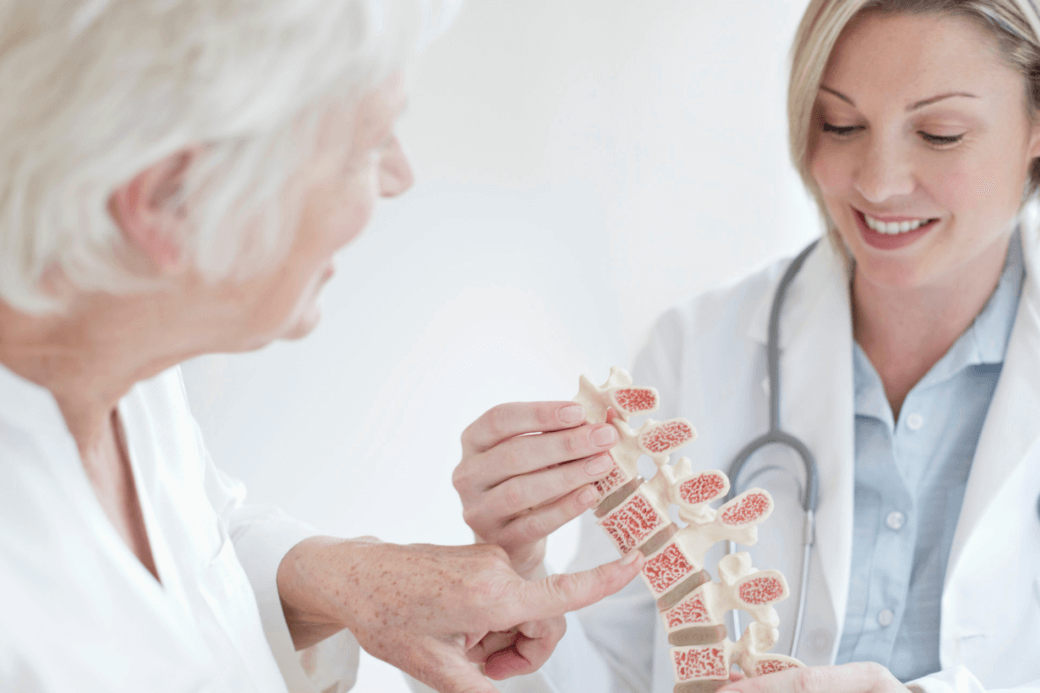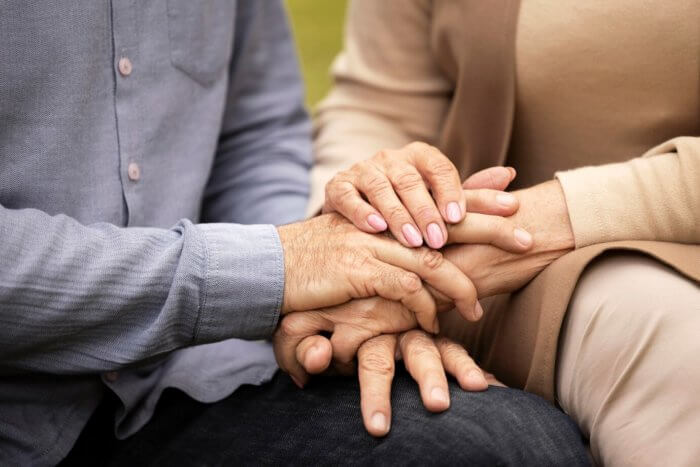Osteoporosis

Osteoporosis:
As a follow-up to last month’s wonderful discussion about preventive care from Dr. Mel, we would like to discuss Osteoporosis this month. We have all experienced the fear and panic from receiving news of an elderly friend or family member falling down. Fractures and their complications are unfortunately a common cause of mortality and significant morbidity (illness) in the geriatric population. As with many things in health, prevention is key in order to achieve the lifestyle we all envision as we age. With aging, our bones become weaker and we have a decrease in bone mass density (BMD). This results in increased skeletal fragility and increases the risk of fractures.
Yet, many mistakenly believe that achy joints and bones are a symptom of “weak bones” (osteoporosis). In the absence of recent trauma, pain at the joints may be a result of various types of arthritis or osteomalacia (decreased mineralization due to bone turnover)Osteoporosis often will not have any clinical manifestation until a fracture occurs. By Age 80, 15% of women and 5% of men with osteoporosis will have a hip fracture. Spinal column compression fractures are not detected due to no symptoms in over 60% of causes. Only an evaluation from your physician can help diagnose osteoporosis.
Using a guideline-based approach from organizations such as the World Health Organization (WHO) your physician can help diagnose osteoporosis by using the FRAX risk assessment tool, a DEXA scan, laboratory tests, history and physical exam (with a focus on history of fragility fractures).
Early diagnosis and treatment can slow and even reverse the progression of osteoporosis. A personalized treatment plan formulated by your doctor will help you and your family continue to live the active fulfilling life we all seek. At MD Senior Living homes we strive to keep our residents healthy by providing simple measures. These include: providing adequate calcium and Vitamin D intake, regular weight-bearing exercise, routine physical activity. Other things to help bone strength is cessation of smoking, moderation of alcohol consumption, maintaining normal body weight, avoidance of excessive dieting with large swings in weight, and much more. Bisphosphonates and other prescription medical treatments can be added to your plan depending upon your test results.
Let’s strive to keep active and healthy!
Here’s to keeping bones strong and to a great start to the New Year’s!!
Dr. Garvin Patel






Leave a Comment